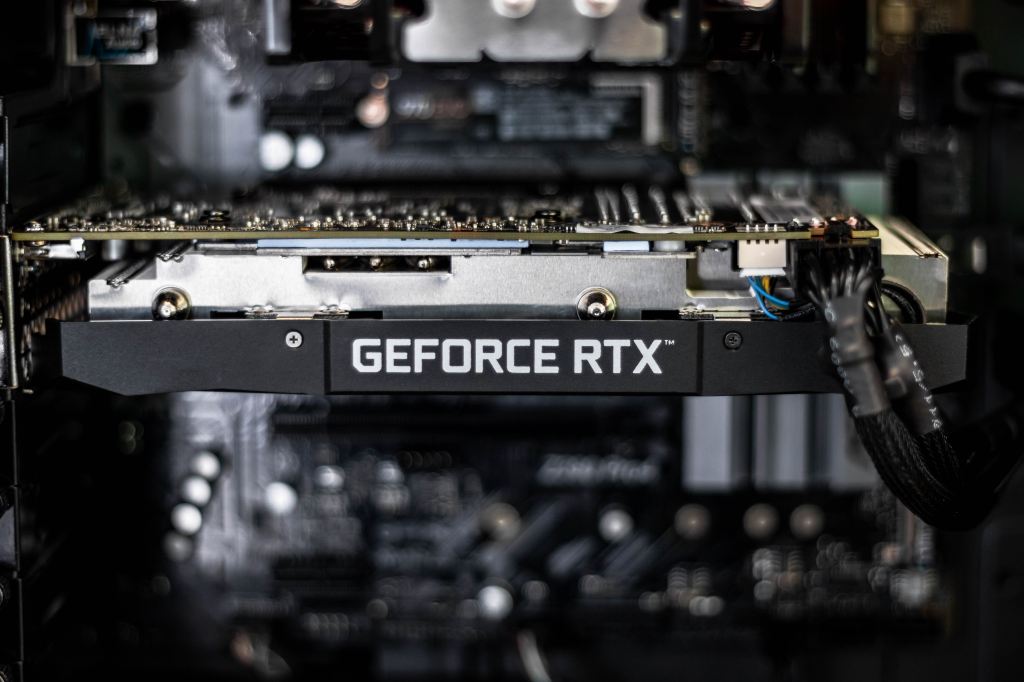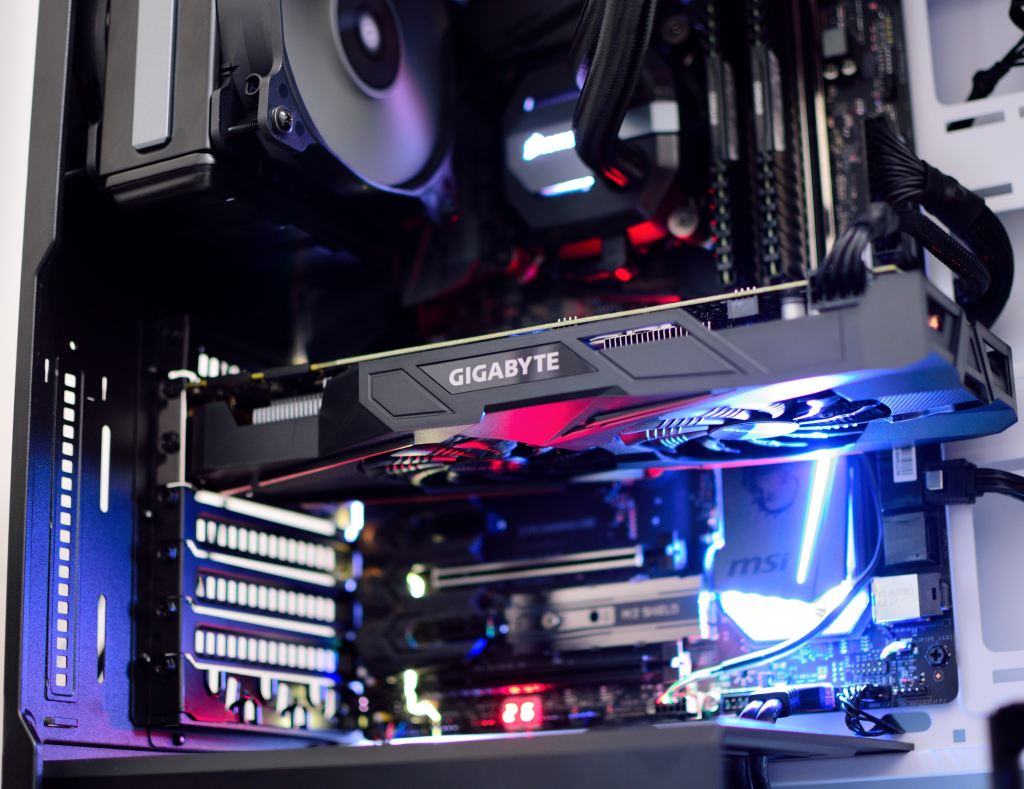
As we step into 2023, the gaming industry continues to push the boundaries of what’s possible in terms of graphics and performance. Whether you’re an avid gamer or a professional content creator, having a powerful graphics card is essential for a smooth and immersive experience. In this blog post, we’ll be taking a look at the top 10 gaming graphics cards of 2023, each offering its unique set of features and capabilities.
- Nvidia GeForce RTX 4090
Leading the pack in 2023 is the Nvidia GeForce RTX 4090. This powerhouse of a graphics card boasts incredible ray tracing capabilities, making it a dream for gamers who demand the best visual experience. With its massive VRAM and impressive clock speeds, it can handle any game you throw at it without breaking a sweat.
- AMD Radeon RX 7900 XT
AMD’s Radeon RX 7900 XT is another top-tier graphics card that’s making waves in 2023. With its RDNA 3 architecture, it delivers exceptional performance and efficiency. The RX 7900 XT is designed for 4K gaming, providing stunning visuals and smooth gameplay even in the most demanding titles.
- Nvidia GeForce RTX 4080 Ti
If you’re looking for a high-end gaming experience without breaking the bank, the Nvidia GeForce RTX 4080 Ti is an excellent choice. It offers a great balance between price and performance, making it accessible to a broader audience of gamers. It’s perfect for 1440p gaming and can handle 4K gaming with ease.
- AMD Radeon RX 7800 XT
The AMD Radeon RX 7800 XT is a mid-range graphics card that punches above its weight class. It’s an excellent option for gamers who want a smooth 1440p gaming experience without spending a fortune. Its efficient architecture ensures that you can enjoy your favorite games without worrying about overheating or excessive power consumption. Check here gamehub24
- Nvidia GeForce RTX 4070
For budget-conscious gamers, the Nvidia GeForce RTX 4070 offers a compelling option. It may not have all the bells and whistles of its higher-end counterparts, but it still delivers solid 1080p gaming performance. It’s an ideal choice for gamers who prioritize value for money.
- AMD Radeon RX 7700
If you’re building a compact gaming PC or a budget-friendly rig, the AMD Radeon RX 7700 is worth considering. It’s a compact card that doesn’t sacrifice too much on performance. It’s perfect for 1080p gaming and can handle esports titles with ease.
- Nvidia GeForce GTX 3060
The Nvidia GeForce GTX 3060 is a popular choice for budget-conscious gamers and esports enthusiasts. It offers excellent 1080p gaming performance and supports ray tracing for an enhanced visual experience. Its affordability makes it an attractive option for those looking to upgrade their gaming setup.
- AMD Radeon RX 7600
AMD’s Radeon RX 7600 is another budget-friendly graphics card that delivers solid performance for 1080p gaming. It’s energy-efficient and runs quietly, making it an excellent choice for those who want a hassle-free gaming experience.
- Nvidia GeForce GTX 3050
The Nvidia GeForce GTX 3050 is an entry-level graphics card that’s perfect for casual gamers and those on a tight budget. While it may not handle the latest AAA titles at high settings, it’s more than capable of running older games and esports titles smoothly.
- AMD Radeon RX 750
Rounding out our list is the AMD Radeon RX 750, a basic graphics card designed for budget builds and office use. While it’s not meant for gaming at higher resolutions, it can handle everyday tasks and light gaming without any issues.
Conclusion
2023 brings a diverse range of gaming graphics cards catering to various budgets and needs. Whether you’re a hardcore gamer aiming for 4K glory or a budget-conscious casual gamer, there’s a graphics card for you. The top 10 gaming graphics cards of 2023 offer a glimpse into the incredible advancements in GPU technology, promising an exciting year for gamers worldwide. Be sure to choose the one that suits your requirements and enjoy the immersive gaming experience it provides.
